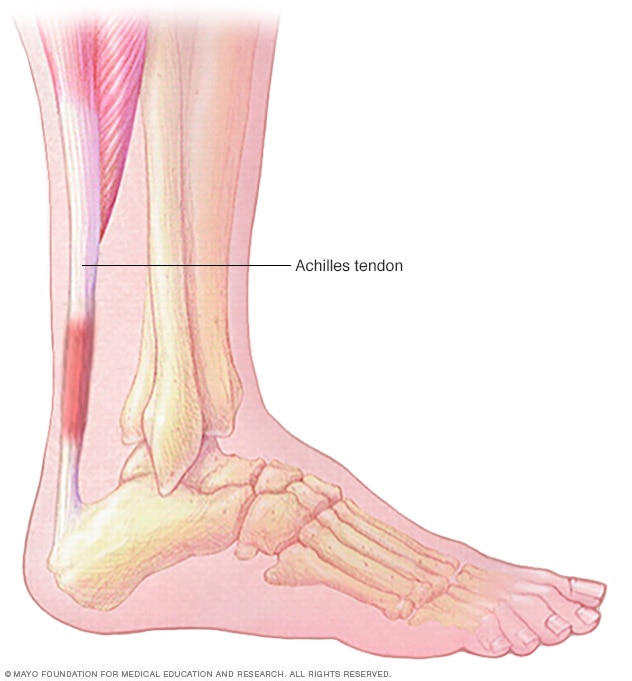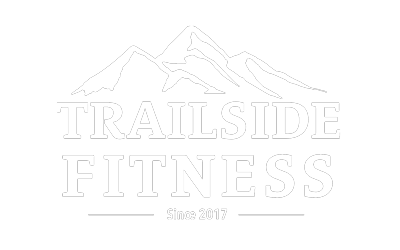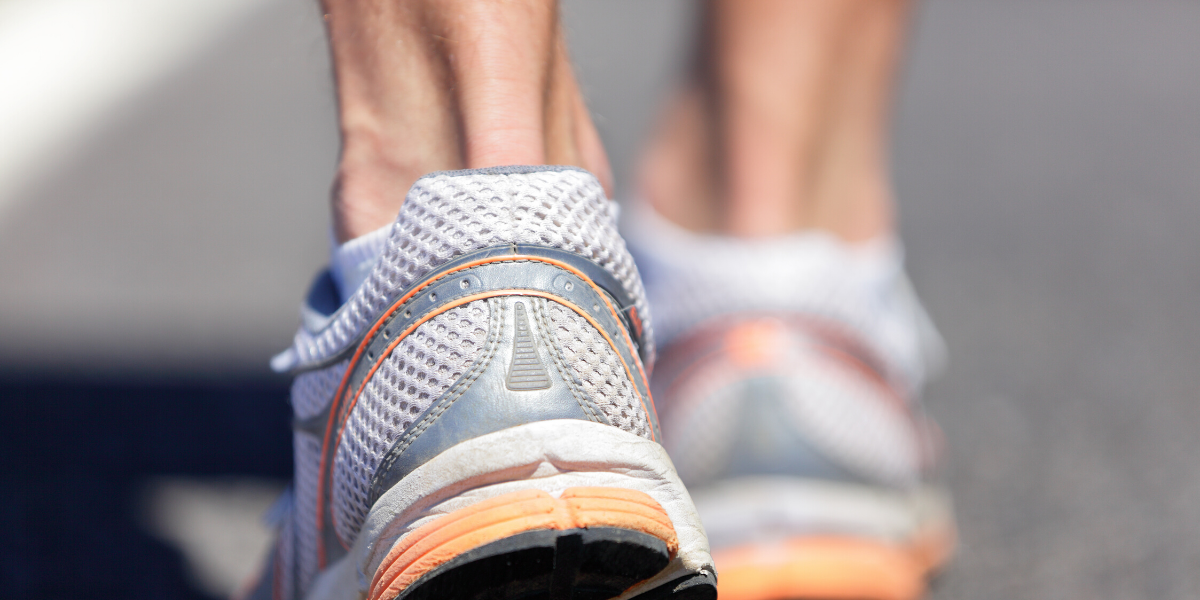Achilles tendonitis and hiking
Managing Achilles tendonitis while hiking is no walk in the park. The Achilles tendon is the thickest and strongest tendon in the body. During running, it can bear loads of nearly 2000lbs with no issues. That is strong! Having tendonitis or any tendinopathy issue with the Achilles will undoubtedly be one that you want to be appropriately managed. This post will look at common causes, symptoms, and ways to manage Achilles tendinopathy.
As with any pain in the body, it is best to seek professional medical advice to diagnose and manage your recovery.
What is the Achilles tendon?
 The Achilles tendon is made from two different muscles in the back of the leg. A tendon is simply a piece of tissue that attaches muscle to bone.
The Achilles tendon is made from two different muscles in the back of the leg. A tendon is simply a piece of tissue that attaches muscle to bone.
The gastrocnemius or gastroc is the superficial two bellied muscle that most of us think of when we say calf. Underneath that muscle is a deeper calf muscle, the soleus. Unlike the gastroc, the soleus does not cross the knee joint. This is important to note when stretching the calf.
As these two muscles come together, they form a tendon from about 6 inches above the ankle. That is the start point for the Achilles. The tendon then anchors on the heel bone.
As you press your foot into the ground, the calf muscle shortens, which pulls the heel upward. It’s a very simple and effective lever system to transfer energy and move you forward.
Causes of Achilles tendonitis
One of the most common causes of tendonitis is an increase in activity beyond normal. It’s a simple overuse injury. Training beforehand can help reduce the risk of such injuries by helping to build stronger tissues in the body. Simple exercises like step-ups and calf raises can do wonders for strengthening the calf before hitting the trail.
Secondly, a tight calf muscle can also create Achilles issues. If the muscles are tight, they will create tension and pull upward on the heel bone. This can lead to plantar fasciitis, which is best to avoid! Stretching, foam rolling, and self-massage can help decrease calf tightness and was the tension on the Achilles.
Third, and common for hikers, is switching to low rise shoes like Altra’s or Hoka’s. These shoes lack a raised heel, which shortens the Achilles tendon. When you place your foot in a low rise shoe without that raised heel, the Achilles must stretch more than normal. This process can take months to do properly for some hikers and must not be overlooked as a cause.
What will Achilles tendonitis feel like?
You will most often have some tenderness in the calf muscle and pain on the Achilles tendon. The tendon may feel warm or even be swollen a little bit. If there’s a painful bump on your Achilles, have that looked at as soon as possible. This might indicate a partial tear.
You’ll also have pain with walking uphill but perhaps less on flat ground or little to no pain going downhill. Pain itself means that something is not right.
Strategies for managing the Achilles tendon
Train before you leave for your hike. This is the easiest and best way to help prevent overuse injuries and strengthen your tendons. No need to overthink this, just add in some weighted calf raises in between your other sets of exercises.
Stretch and massage the calf muscle often. Here’s one of my go-to’s for hiking:
If you are thinking about using a low rise shoe for hiking like Altra’s, spend some time allowing your body to adjust to them slowly. If you continue to have pain with this style of shoe, don’t fight it. I suggest you just move onto another shoe with a raised heel. This was the case for my wife; as soon as we returned to a thicker heeled shoe, her problems cleared up immediately.


Recent Comments